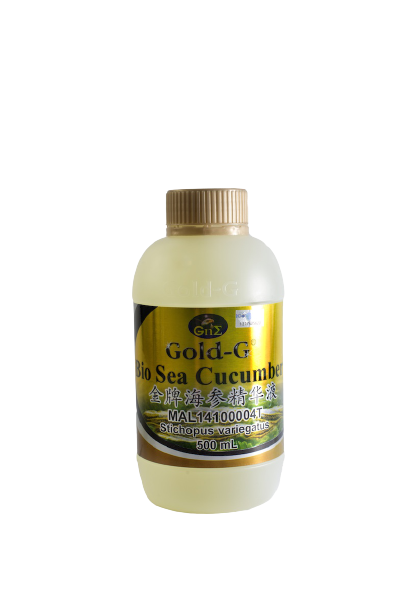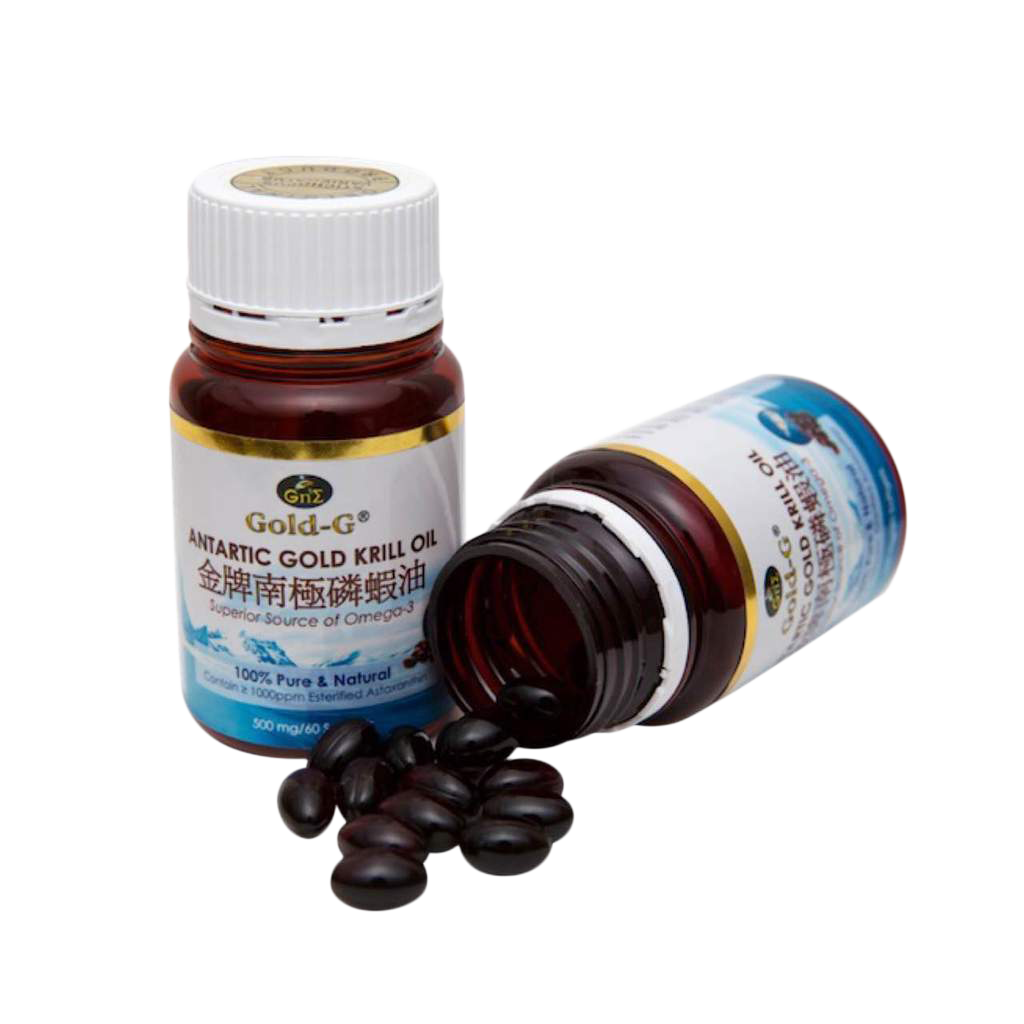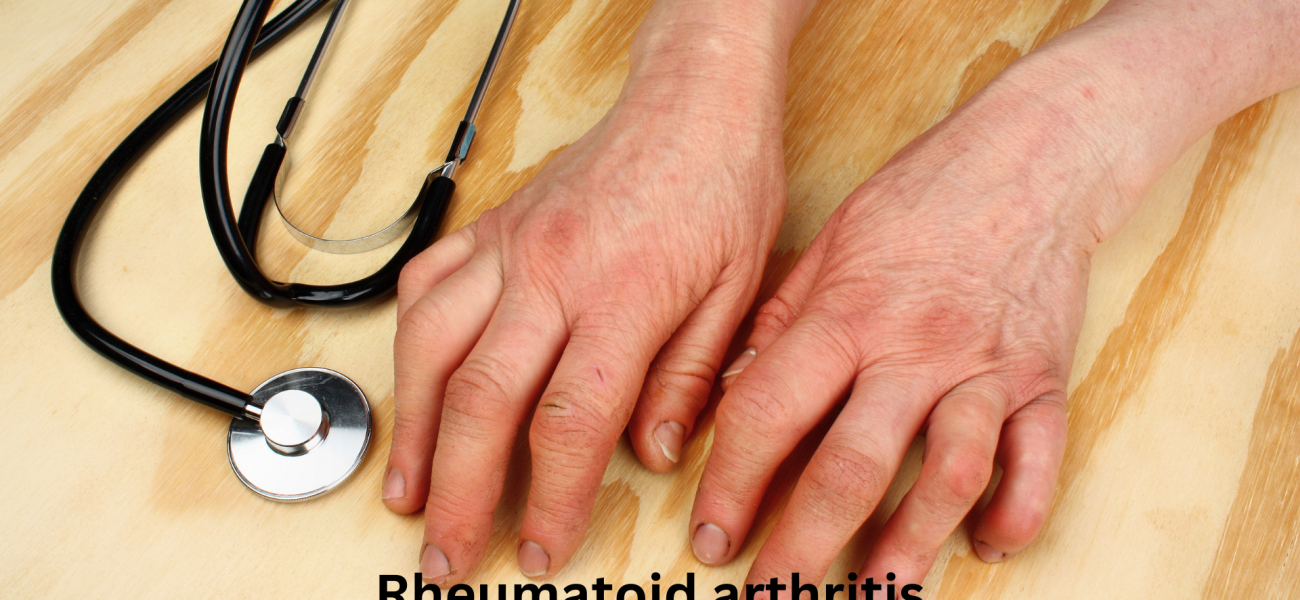Rheumatoid arthritis is an autoimmune disorder, which the body’s immune system attacks the synovial membrane, lead to inflammation and thicken the synovial membrane, causes inflamed and swollen joint. Synovial membrane (a.k.a. synovium) is a lining of the joint capsule. It produces synovial fluid as to lubricate the joint. Inflammation of synovial membrane causes accumulation of synovial fluid, hence reduce the space between bones and eventually causing destruction of the cartilage. Rheumatoid arthritis affects the joint symmetrically, commonly occurs on the joint of hands, elbows, wrist, knees and ankles; but it can also causes damages on other part of body.
- Pain: Joint pain, sometimes also affect other parts of body.
- Swelling: Swollen joint, often warm and tender.
- Stiffness: Joint stiffness, worse in the morning or after periods of rest and inactivity.
- Fatigue, fever, loss of appetite, weight loss: Affected area not only joint part, may affect non-joint structures.
- Rheumatoid nodules: small, firm but movable lumps formed under skin.
- Joint deformity: Inflammation at synovial membrane eventually damage bones and cartilage causes significant joint deformity.
Symptoms started at smaller joints such as the joint at fingers or toes, than to hands or feet. Symptoms often occur symmetrically, affects both left and right side of the body.
- Family history: Genetic factors, higher risk possible when the family member(s) have rheumatoid arthritis.
- Gender: Female has higher risk of rheumatoid arthritis than male.
- Obesity: Excess fat tissue increase production of inflammatory proteins (cytokines), which will trigger inflammation and damage the joint.
- Age: Even though rheumatoid arthritis can occur any age, but the risk increase with aging.
- Infections: Certain infections might trigger the abnormal response of the body’s immune system (autoimmune) which lead to rheumatoid arthritis.
- Environmental and lifestyle: Long-term exposure to asbestos and silica, and cigarette smoking may increase the risk of developing rheumatoid arthritis.
- Physical examination: Doctor will examine the affected joints by checking the tenderness, swelling, redness, and test the range of motion.
- Lab test: Blood test to examine the erythrocyte sedimentation rate (ESR) and C-reactive protein (CRP) level, which is the indicator of inflammation in the body.
- Imaging test: X-rays and Magnetic resonance imaging (MRI) can be done to obtain detail image of the affected area.
How to manage Rheumatoid arthritis

- Regular exercise: Simple exercise such as walking, swimming, or yoga can be carried out in a regular basis. This can increase endurance and strengthen the muscle around the joint, reduce stiffness and joint pain. Also, warm up or stretching before exercises can help to improve flexibility and prevent severe injuries.
- Diet: Consider healthy anti-inflammatory diet, which is consuming more foods rich in antioxidants, such as vegetables and fruits. May include some superfoods into diet plan, such as spirulina, cinnamon, flaxseed, goji berries and etc. Also, it is important to avoid processed foods, fried foods or foods high in saturated fats, refined carbohydrates and sugary foods. These foods may trigger inflammation process in the body which will worsen arthritic joint pain.
- Heat and cold therapy: Apply heat treatment to affected area may help to relief pain and soothe muscle; while cold can numb the painful area and reduce inflammation.
- Relaxation: Chronic stress can cause hormonal disruption and lead to rheumatoid arthritis flare-up, which will worsen the pain, swelling and stiffness in joint, or even affect other parts of the body. Relaxation such as mindful breathing, yoga and Tai Chi may help to reduce stress response, but also help to improve pain, depression and anxiety.
- Supplements: Omega 3 fatty acids supplements have strong anti-inflammatory properties, which can help to reduce joint pain and swelling in rheumatoid arthritis. Besides, vitamin D supplement is another nutrient that can help to prevent inflammation and improve rheumatoid arthritis.
GNE Gold-G® Health Food Series

Gold-G® Bio Sea Cucumber
Gold-G® Bio Sea Cucumber contains several pharmaceutical components that are able to repair and maintain healthy bone and joints, such as omega 3, collagen, glucosamine, chondroitin, hyaluronic acid, and mucopolysaccharide.
- Omega 3 inhibits inflammation reaction and helps to reduce joint pain and swelling in rheumatoid arthritis.
- Collagen can strengthen cartilage, and improve bone and joint health.
- Glucosamine is able to reduce arthritis pain, strengthen cartilage, tendon & ligament health, and suppress inflammation.
- Chondroitin supplements and locks joint fluid, able to reduce arthritis pain effectively.
- Mucopolysaccharide can improve wound contraction and accelerate wound healing.
- Hyaluronic acid is a natural component of synovial fluid that helps to lubricate joints.
By incorporating Gold-G Bio Sea Cucumber into your daily routine, you can experience the remarkable healing properties of this remarkable marine creature.

Gold-G® Antarctic Gold Krill Oil
Krill oil is increasingly important source of omega-3 fatty acids specific for DHA and EPA, contained abundant of astaxanthin, and consisted of phospholipid which provide better bioavailability.
- Omega-3 fatty acids may contribute to beneficial health effects, which include anti-oxidation, reduction of inflammation and hence relief pain and swelling in rheumatoid arthritis.
- Astaxanthin are strong antioxidant present in Antarctic krill oil. It helps to fight against oxidative stress, which then able to reduce oxidation and inflammation in the body.
Click the link below for direct purchase.
References
- Arthritis Foundation, (2018). Osteoarthritis. Available at: https://www.arthritis.org/about-arthritis/types/osteoarthritis/ [Accessed 14/5/2018].
- Arthritis Foundation, (2018). Rheumatoid Arthritis. Available at: https://www.arthritis.org/about-arthritis/types/rheumatoid-arthritis/ [Accessed 14/5/2018].
- Delzell, E., (2015). How Fat Affect Rheumatoid Arthritis. Arthritis Foundation. Available at: https://www.arthritis.org/living-with-arthritis/comorbidities/obesity-arthritis/fat-and-ra.php [Accessed 16/5/2018].
- Jerosch, J.,(2011). Effects of Glucosamine and Chondroitin Sulfate on Cartilage Metabolism in OA: Outlook on Other Nutrient Partners Especially Omega-3 Faty Acids. International Journal of Rheumatology, 2011, pp 1-17. Doi: http://dx.doi.org/10.1155/2011/969012
- Landau, M.D., (2017). Why You Want to Elicit the Relaxation Response if You Have Rheumatoid Arthritis. Everyday Health. Available at: https://www.everydayhealth.com/rheumatoid-arthritis/living-with/why-you-want-elicit-relaxation-response-you-have-rheumatoid-arthritis/ [Accessed 18/5/2018].
- Mayo Clinic, (2017). Rheumatoid Arthritis. Available at: https://www.mayoclinic.org/diseases-conditions/rheumatoid-arthritis/symptoms-causes/syc-20353648 [Accessed 14/5/2018].
- Mayo Clinic, (2018). Osteoarthritis. Available at: https://www.mayoclinic.org/diseases-conditions/osteoarthritis/symptoms-causes/syc-20351925 [Accessed 14/5/2018].
- Rearick, L. (n.d.). This Vitamin Supplement Can Help Prevent Rheumatoid Arthritis, New Study Show. Reader’s Digest. Available at: https://www.rd.com/health/conditions/vitamin-rheumatoid-arthritis/ [Accessed 18/5/2018].
- This website does not provide medical advice. The content of this website, such as graphics, images, text and all other materials, is provided for reference and educational purposes only. The content is not meant to be complete or exhaustive or to apply to any specific individual’s medical condition. Always seek the advice of your doctor or other qualified health provider regarding a medical condition.




